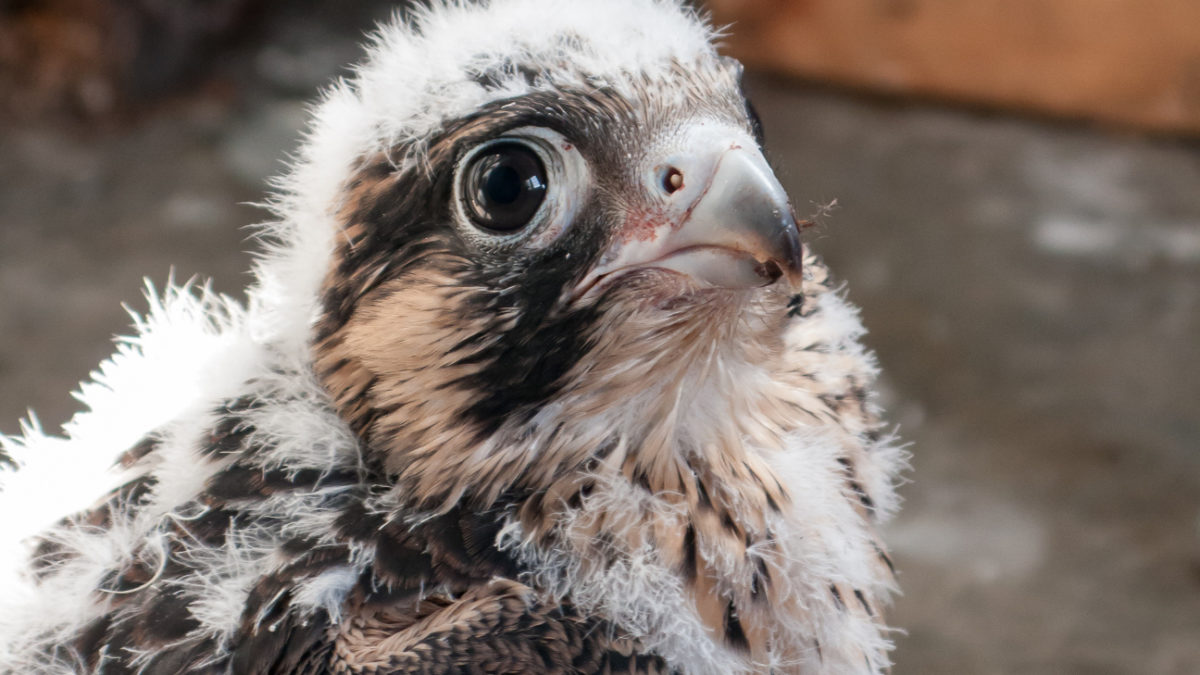The Devil Bird’s Sister

Recent Literature from CCB
March 30, 2021
Surveying for Black Rail Habitat
April 4, 2021By: Bryan Watts
3/31/2021
Around 24 April, 2008 four peregrine eggs were hatched on the Benjamin Harrison Bridge near Hopewell, Virginia. The young included three females and one male. On 22 May the entire brood was pulled from the bridge, transported to the CCB office for banding and then driven to Shenandoah National Park and placed in a hack box on Hawksbill. Along with five other birds, the brood was released on 9 June and successfully dispersed over the next month. None of the siblings were seen again except for sisters banded as 69/Z and 70/Z. 69/Z recruited into the breeding population in 2010 in her third calendar year in Pittsburgh. 70/Z recruited into the breeding population in 2011 in her forth calendar year back in her natal territory on the Benjamin Harrison Bridge. Their similar stories would diverge dramatically from here.
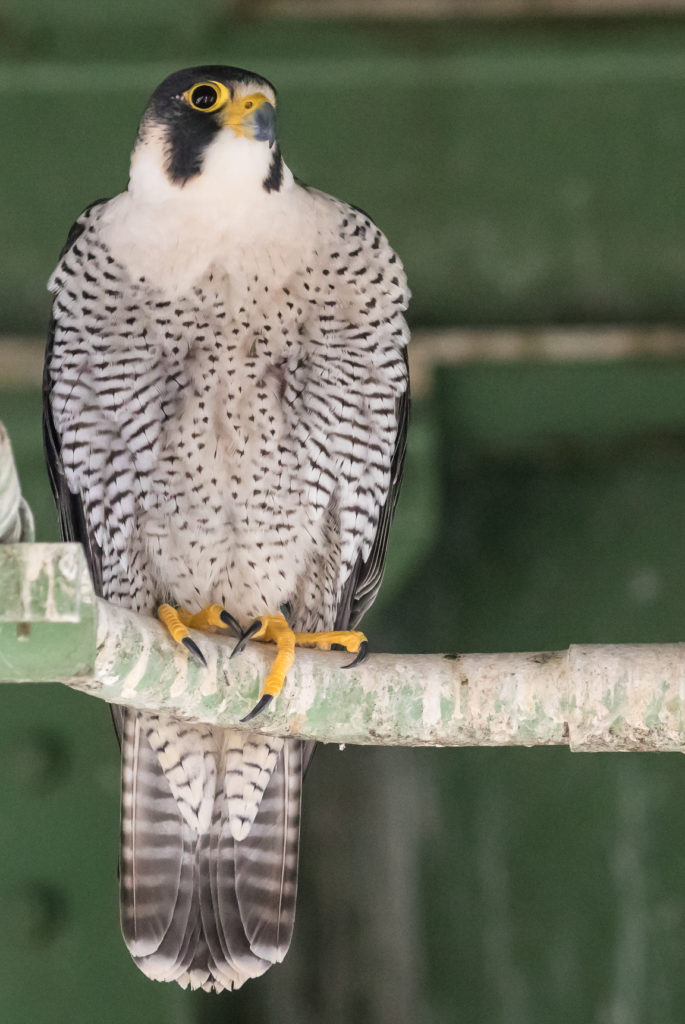
69/Z nested on the Tarentum Bridge from 2010 through 2015 producing four young. She moved to a second territory during the winter of 2015-2016 on the University of Pittsburgh’s Cathedral of Learning. This eyrie is the focus of a public webcam managed by the National Aviary. 69/Z replaced a long-standing matriarch, named Dorothy by the viewers, that lived to be 17 years old and produced 43 young. The viewers named the new bird (69/Z) Hope.
All was proceeding normally as Hope produced and incubated four eggs early in 2016 but this would take a turn as the eggs began to hatch. The first egg hatched fine but to the horror of cam viewers as the second young emerged, Hope killed it and fed it to the first. She did the same with the remaining two young. Eating or killing and feeding young to other young as they emerged from their eggs would become Hope’s signature, leading some viewers to dub her “Devil Bird.” While resident on the Cathedral of Learning from 2016 through 2019, Hope killed young every year as they emerged from their eggs.
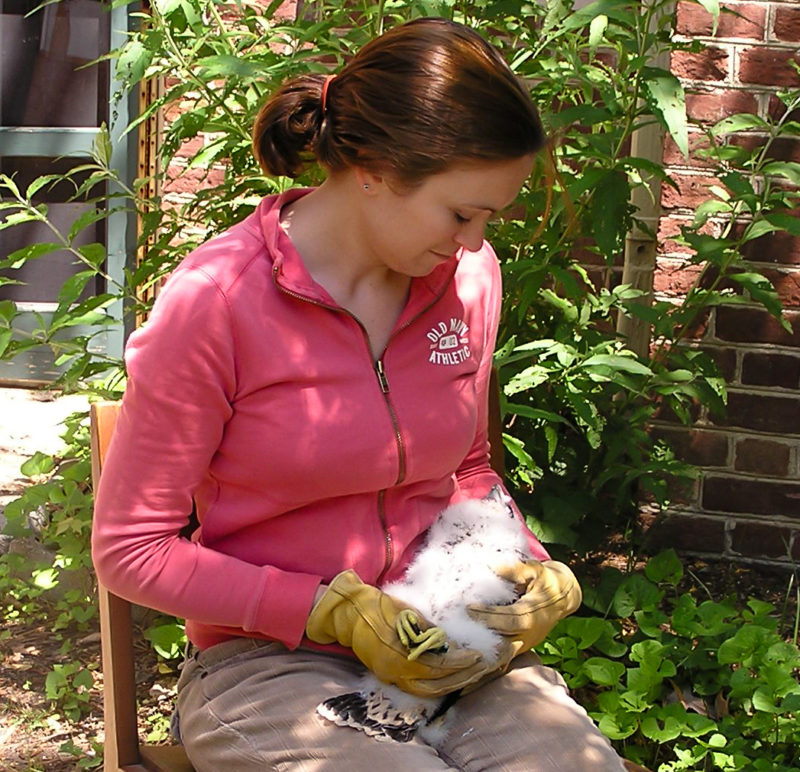
Filial infanticide is the killing of young by adults of the same species. This behavior is widespread throughout vertebrates from fish to birds to mammals. The practice is particularly common in highly social species such as many primates, meerkats, prairie dogs, lions and dolphins where adults kill to maintain social status, insure their own genetic contribution to young, improve competitive advantage for their own young or maximize their own productivity. The killing of young within these contexts is couched within an adaptive framework. Killing of one’s own young is a much less common form of filial infanticide and is particularly uncommon in less social species that produce few young.
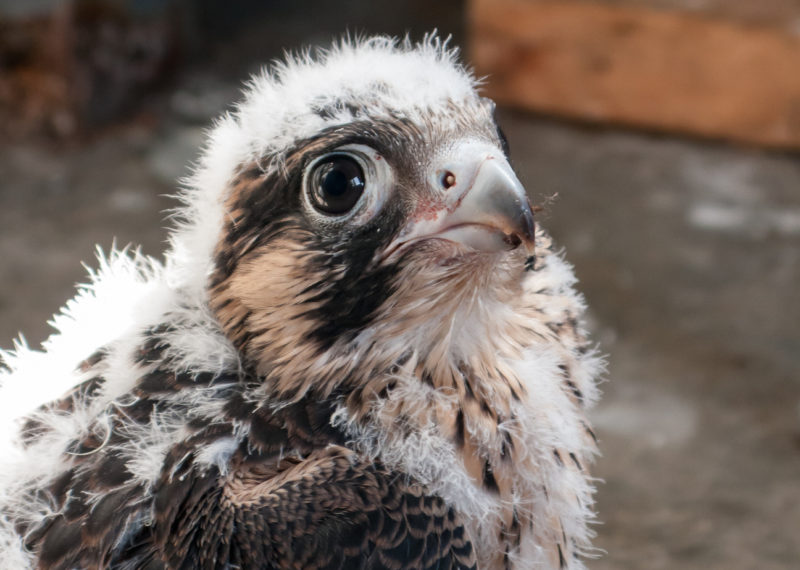
Food stress is common among raptors and brood reduction is a widespread strategy for matching brood size and associated food demand to available supply. However, brood reduction is typically achieved in raptors by the formation of a dominance hierarchy within the brood and the monopolization of food by dominant individuals. Subordinate young receive leftovers and if those are not enough they starve. This behavioral regulation of brood size maximizes survival of dominant young but allows for survival of subordinate young when conditions allow. Raptors typically do not kill their own young as a strategy for brood reduction. The killing and eating of young as they emerge appears to be an aberrant behavior that is part of Hope as an individual. The origin of this behavior is unclear.
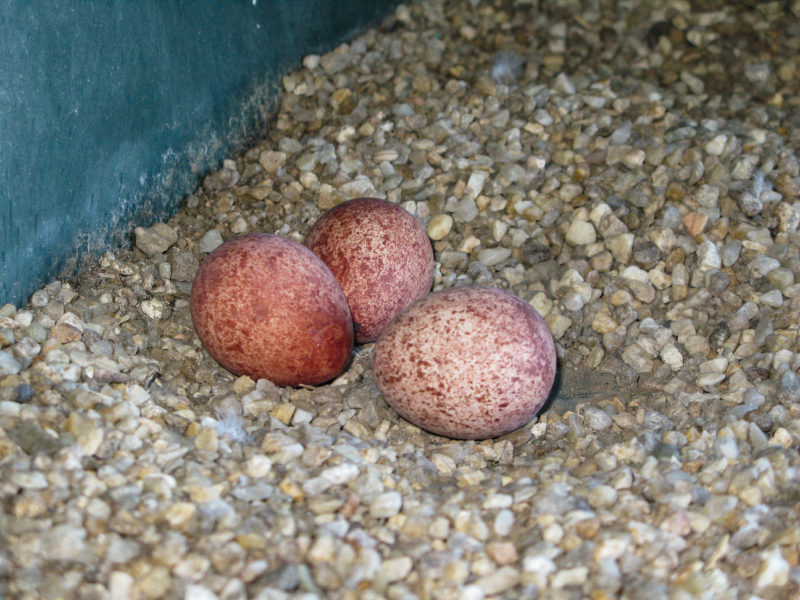
Hope’s sister 70/Z had the same rearing and hacking experience but is by all observations a model citizen of the peregrine community and has not dabbled in the black arts. She has produced young every year since her recruitment. In total she has produced 21 young (2.1 young/year) thus far and remains the resident female on the Benjamin Harrison Bridge. From the outset she has been a very aggressive and protective mother.
When and why these sisters diverged in terms of mothering behavior is a mystery.

